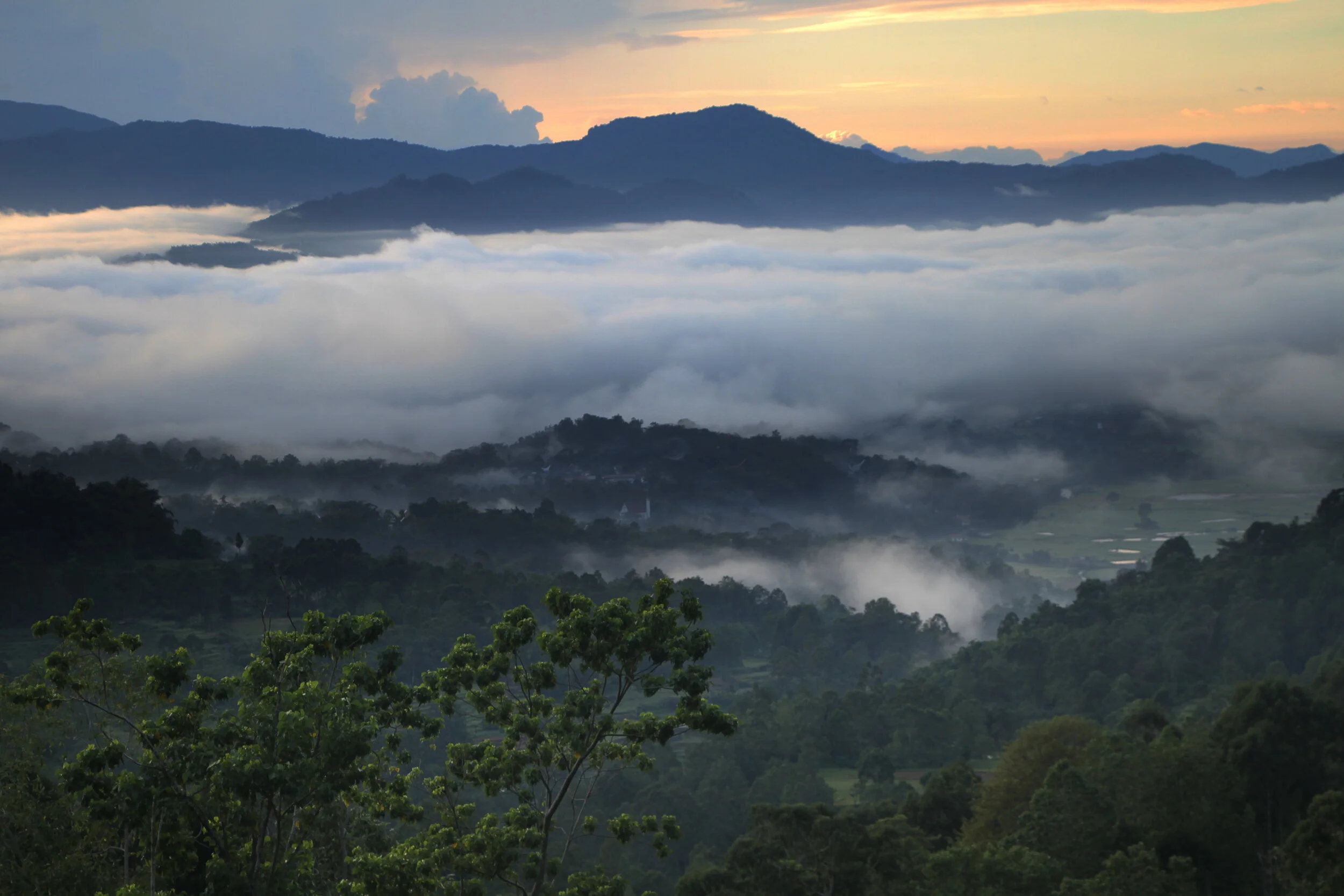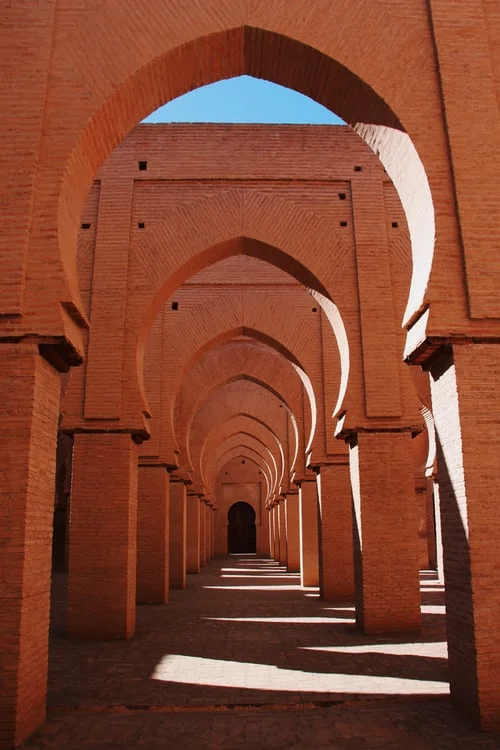“And, They’re Off!” The Power and Passion Of Buffalo Racing In Sumbawa.
Scores of brightly clad race stewards guide two massive buffaloes into the shallows of a flooded rice paddy. After lumbering into the mud they stand absolutely still, knee-deep in the muddy water as if psyching themselves up for the intense 8.5 seconds that lie ahead.
Once settled into position they begin to breathe a little harder. Nostrils suddenly flare as they feel the weight of the jockey mounting the lightweight wooden frame to which they are tethered.
Almost set.
The jockey carefully places his feet on the cross strut, adjusts his goggles and gazes down the length of the 100 - meter watery track; his whip is secure in his right hand and with the other, he grasps the horizontal strut separating his charges.
Jockey and buffalo are ready to race.
The judges, timekeepers and officials at the finish line lean forward in anticipation. The starter holds his flag aloft; the crowd, some 5000 strong, fall silent, necks craning to obtain a better view.
The flag drops, the rider lets out a blood-curdling cry urging over two tons of finely honed buffalo flesh to leap forward, and the crowd, silent no longer, let out a thunderous roar.
We’re racing!
This wonderful day at the buffalo races is an annual event in the city of Taliwang on the island of Sumbawa, one of the larger islands that make up the eastern spine of the Indonesian archipelago.
Sumbawa is a deceptively big island, (the ninth-largest in Indonesia,) almost 50 per cent bigger than the far more popular islands of Bali and Lombok combined but with less than a quarter of their combined population.
At this time of year, (November) the heat is pretty oppressive. The merciless sun during the dry season has turned the rice and corn fields into a patchwork of parched, bald and sere squares of dirt crying out for the relief of the torrential monsoonal rains. Once they arrive, within days this beautiful island will transform itself into a lush green paradise.
Sumbawa is home to Mt Tambora, a once towering 14,500 ft. volcano that, in 1815 literally blew itself apart and, in doing so changed large parts of the western world. The poisonous ash and dust clouds generated from the cataclysmic pyroclastic explosion drifted north blanketing much of Europe and the American mid-west in a chocking layer of toxic low- lying smog. For the next two years, these regions experienced no summers at all causing crops to fail, livestock to perish and generated widespread famine so catastrophic that millions of people died of starvation.
Like most places in Indonesia, it’s the people who add to its irresistible charm and no more so than those who live on this sprawling island. Add to this the palm-fringed beaches, replete with snow-white sand coupled with coral laced waters that create a palette of vibrant colours and you have the perfect recipe for everyone's vision of a tropical paradise.
In short, Sumbawa is a hidden gem that is way, way off the tourist route.
Now, back to the buffalo racing!
Over 1000 buffalo have been brought to the stadium from across the island where they are tethered in tightly packed lines under a protective canopy of bamboo shade cloth. Owners, family and friends sit proudly at their feet willing to talk with anyone about the size, weight, lineage and speed of their most precious possessions.
Racing takes place throughout the year but the main event is the racing carnival which is the highlight of the Taliwang Festival. These buffalo are bred only for racing, as they are no longer used for ploughing the fields having been made largely redundant replaced by large or handheld tractors.
A buffalo with bulk, temperament overall good looks and, most importantly speed can fetch prices in the hundreds of thousands of dollars. The pink-hued buffaloes are particularly prized for, on the island of Sulawesi, further to the east they can fetch astronomical prices as they play an integral part in the funeral rituals of the Tanah Toraja regency.
Each race is a race against the clock and they happen in rapid-fire succession every two minutes or so providing the crowd with non - stop entertainment for four to five hours.
At the start line, the tension is palpable as jockeys climb aboard their rather flimsy-looking trolleys emblazoned with the jockey’s name across the yoke holding the two buffalo three feet apart. The object of the race is to career at top speed down the track and attempt to knock down a post positioned at the finish line.
The two buffalo have to be steered so that if and when the post is dislodged it must be struck dead centre of the yoke with a charging buffalo each side of it. No easy feat when barreling along at about 38 mph. with a jockey sprawled over the back of the right-hand beast desperately steering it towards the prized post.
Seconds after taking off from the start, the buffaloes reach full speed kicking up an almighty deluge of water and mud that flies backwards covering the rider from head to toe in a coating of thick brown ooze. Goggles become smeared, faces are caked in mud but still, these agile jockeys seem to be able to leap from buffalo to buffalo manually steering them towards that elusive post.
Mishaps aplenty happen throughout the afternoon as jockeys are dislodged and sent careering through the air to land flat on their backs in the shallow water.
A few races in and the floor of the flooded field becomes a little unstable with holes developing making it tricky for the charging beasts. A stumble and down he with go dragging his companion sideways and lifting the trolley and its rider some 10 feet into the air.
Game over.
No sooner has one race finished than the next one begins accompanied by the sound of a frantic race caller shouting a constant commentary giving the times of each race.
It is a wonderful spectacle full of colour, excitement, noise and laughter and at the end of the day, everyone will agree that a splendid time was had by all.
Photography copyright Paul v Walters.
Sumbawa, Indonesia November 2019.















